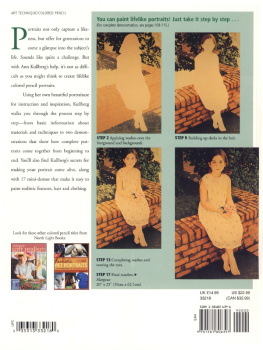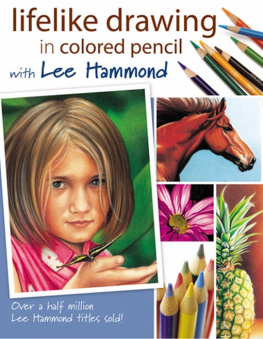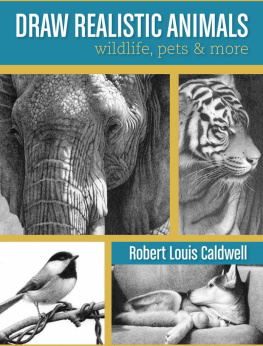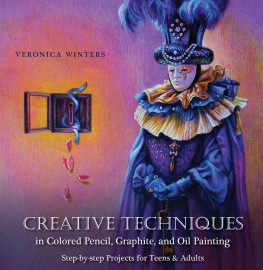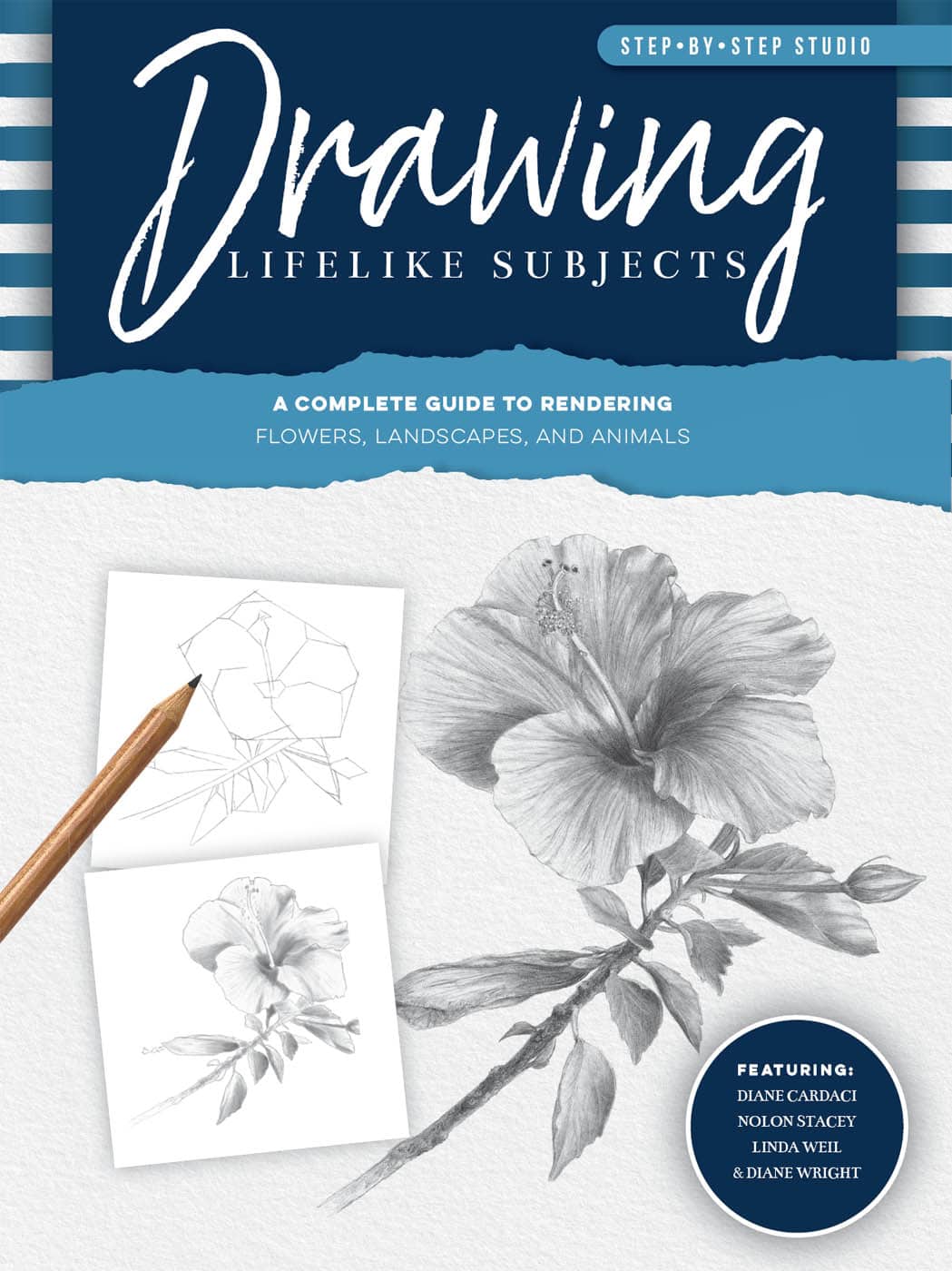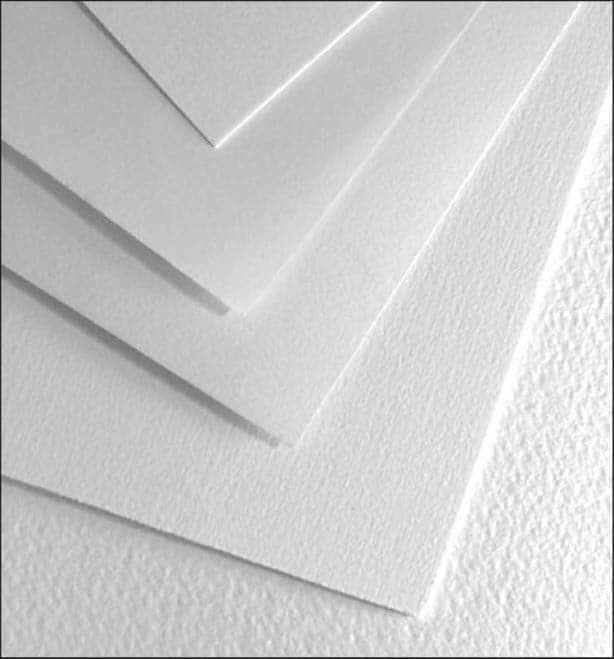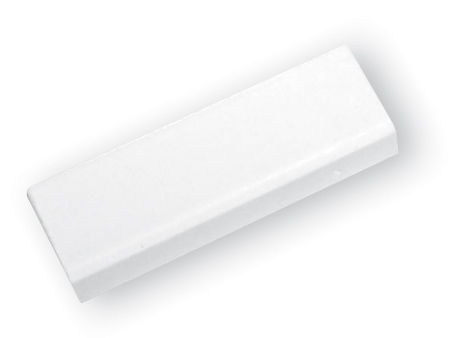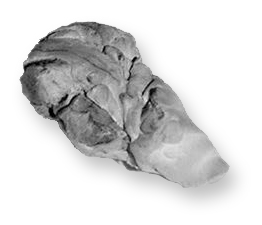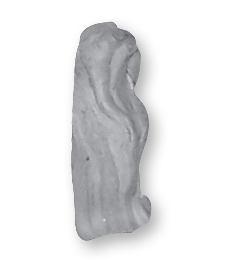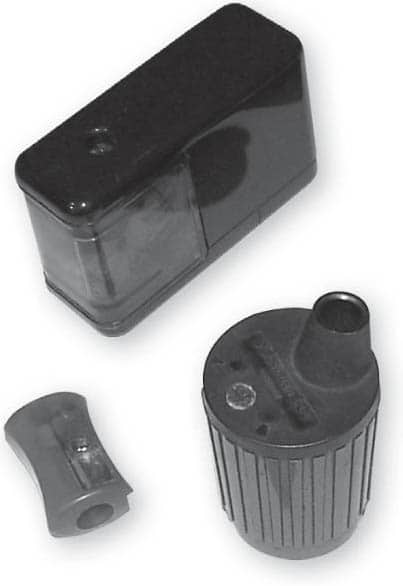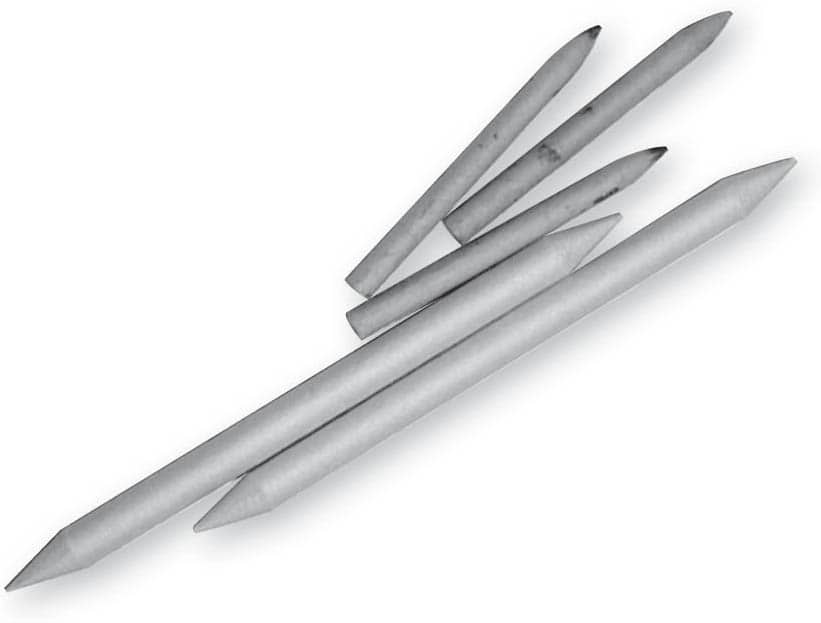Diane Cardaci - Drawing Lifelike Subjects: A Complete Guide to Rendering Flowers, Landscapes, and Animals
Here you can read online Diane Cardaci - Drawing Lifelike Subjects: A Complete Guide to Rendering Flowers, Landscapes, and Animals full text of the book (entire story) in english for free. Download pdf and epub, get meaning, cover and reviews about this ebook. year: 2021, publisher: Walter Foster Publishing, genre: Home and family. Description of the work, (preface) as well as reviews are available. Best literature library LitArk.com created for fans of good reading and offers a wide selection of genres:
Romance novel
Science fiction
Adventure
Detective
Science
History
Home and family
Prose
Art
Politics
Computer
Non-fiction
Religion
Business
Children
Humor
Choose a favorite category and find really read worthwhile books. Enjoy immersion in the world of imagination, feel the emotions of the characters or learn something new for yourself, make an fascinating discovery.

- Book:Drawing Lifelike Subjects: A Complete Guide to Rendering Flowers, Landscapes, and Animals
- Author:
- Publisher:Walter Foster Publishing
- Genre:
- Year:2021
- Rating:3 / 5
- Favourites:Add to favourites
- Your mark:
Drawing Lifelike Subjects: A Complete Guide to Rendering Flowers, Landscapes, and Animals: summary, description and annotation
We offer to read an annotation, description, summary or preface (depends on what the author of the book "Drawing Lifelike Subjects: A Complete Guide to Rendering Flowers, Landscapes, and Animals" wrote himself). If you haven't found the necessary information about the book — write in the comments, we will try to find it.
Step-by-Step Studio: Drawing Lifelike Subjects teaches beginning artists how to create realistic, detailed drawings in graphite pencil.
Featuring in-depth instruction on basic drawing techniques, creating texture, developing likeness, and more, Step-by-Step Studio: Drawing Lifelike Subjects is the perfect guide for you as a beginning or intermediate artist. After an introduction to basic materials and pencil techniques, four accomplished artists offer insight, tips, and step-by-step demonstrations that help create detailed, lifelike drawings of your chosen subjects, including animals, flowers, and landscapes. Learn to create texture and likeness using basic pencil techniques, understanding perspective, exploring light and shadow, developing values, and more.
Dogs & Puppies: From a soulful Basset Hound puppy to a full-grown German Shepherd, learn to draw your chosen breed step by step.
Flowers & Botanicals: Explains basic flower anatomy and how to render detailed still lifes and florals using basic pencil techniques to convey light and shadow.
Beautiful Landscapes: See the world through the eyes of an artist as you recreate coastal scenes, warm cottages, and pastoral landscapes.
Lifelike Animals: Capture the essence of your favorite wild animals, including elephants, tigers, lions, wolves, and more.
Throughout the book, artists Diane Cardaci, Nolon Stacey, Linda Weil, and Diane Wright offer practical drawing techniques and easy-to-understand, step-by-step instruction , but also encouraging words. The journey through Step-by-Step Studio: Drawing Lifelike Subjects is not about making perfect drawings; its about achieving likeness and drawing skills with each new project, while having a great time.
The books in the Step-by-Step Studio series introduce beginning artists to the fundamental tools and techniques of their chosen medium. Easy-to-follow, step-by-step projects help beginners hone their skills while creating artwork across a variety of subjects, from still life and landscapes to animal portraits and botanicals.
Diane Cardaci: author's other books
Who wrote Drawing Lifelike Subjects: A Complete Guide to Rendering Flowers, Landscapes, and Animals? Find out the surname, the name of the author of the book and a list of all author's works by series.

